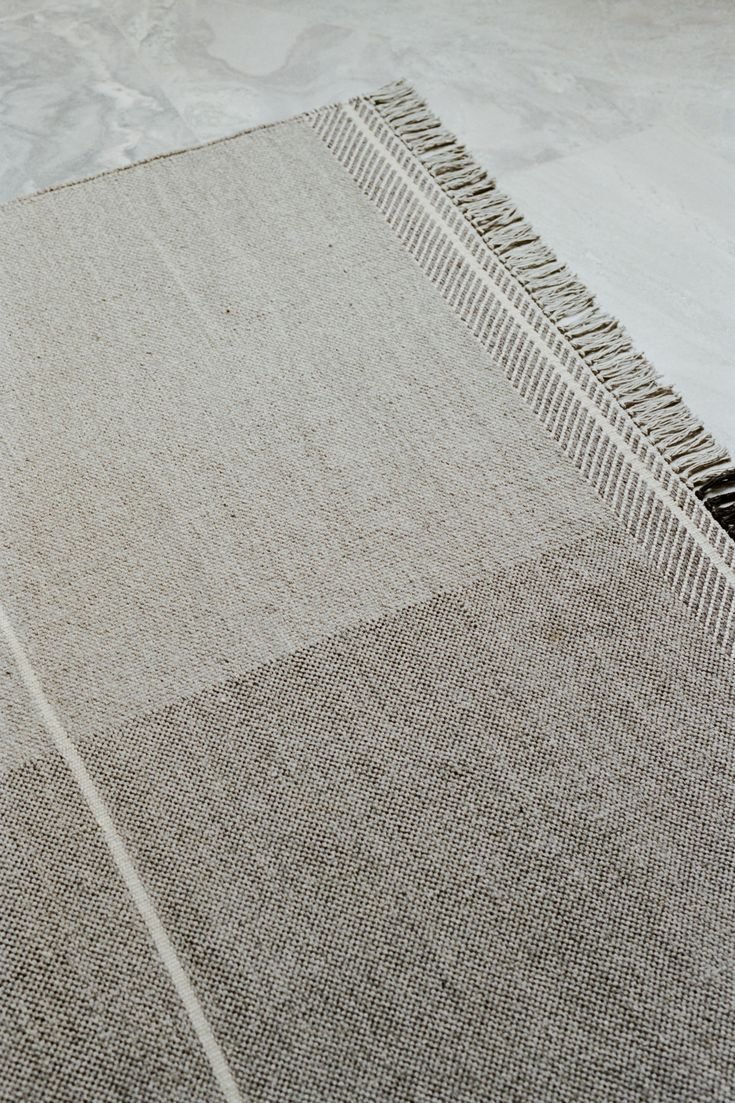Hand-knotted carpets are among the most luxurious and exquisite textile products in the world. Crafted meticulously by skilled artisans, these carpets are renowned for their durability, intricate designs, and cultural significance. If you’re looking to invest in a high-quality carpet, understanding the craftsmanship behind hand-knotted carpets is essential. In this guide, we’ll cover everything you need to know about hand-knotted carpets, from their history and production process to maintenance and buying tips.
The Art of Hand-Knotted Carpets
Hand-knotting is one of the oldest and most revered carpet-making techniques, dating back thousands of years. Originating in regions like Persia, India, and Turkey, this method involves manually tying each knot onto a foundation of warp threads, creating detailed and long-lasting patterns. Unlike machine-made carpets, hand-knotted rugs exhibit unique variations that make each piece one-of-a-kind.
Why Choose a Hand-Knotted Carpet?
1. Unparalleled Craftsmanship
Each hand-knotted carpet is a labor of love, taking months or even years to complete, depending on the complexity of the design and knot density.
2. Superior Durability
With proper care, hand-knotted carpets can last for generations, making them a valuable investment.
3. Timeless Aesthetic Appeal
These carpets are available in a variety of designs, ranging from traditional Persian motifs to contemporary styles.
4. Eco-Friendly and Sustainable
Hand-knotted carpets are made from natural fibers such as wool, silk, and cotton, making them an environmentally friendly choice.
The Production Process of Hand-Knotted Carpets
The process of creating a hand-knotted carpet involves several intricate steps:
- Designing – Skilled designers create patterns, often inspired by cultural and historical motifs.
- Dyeing – Natural or synthetic dyes are used to color the yarns.
- Weaving – Artisans meticulously tie each knot by hand onto the loom.
- Washing and Finishing – After weaving, the carpet is washed, stretched, and trimmed to enhance its texture and appearance.
How to Identify a Genuine Hand-Knotted Carpet
- Backside Inspection: The pattern should be visible on the reverse side, with no latex or glue.
- Knot Density: Higher knots per square inch (KPSI) indicate better quality.
- Material Quality: Authentic hand-knotted carpets use natural fibers like wool and silk.
- Fringe Test: The fringe should be an extension of the rug, not sewn or glued on.
Caring for Your Hand-Knotted Carpet
To maintain the beauty and longevity of your hand-knotted carpet, follow these tips:
- Vacuum regularly to prevent dirt buildup.
- Avoid exposure to direct sunlight to prevent fading.
- Rotate the carpet periodically to ensure even wear.
- Clean spills immediately with a dry cloth.
- Get professional cleaning every few years.
Where to Buy High-Quality Hand-Knotted Carpets
When purchasing a hand-knotted carpet, always buy from a reputable seller. One of the leading exporters of high-quality hand-knotted carpets in India is More Textiles. Known for their exceptional craftsmanship and premium materials, More Textiles has a wide range of hand-knotted carpets suitable for both traditional and modern interiors. Their dedication to authenticity and sustainability makes them a preferred choice among buyers worldwide.
Conclusion
Hand-knotted carpets are a testament to artistry, culture, and superior craftsmanship. Whether you’re decorating your home or investing in a timeless piece, a hand-knotted carpet is a worthwhile addition to any space. By choosing a trusted brand like More Textiles, you ensure you’re getting an authentic, high-quality rug that will last for generations.
Are you ready to add elegance and tradition to your space? Explore the exquisite collection of hand-knotted carpets from More Textiles today!

